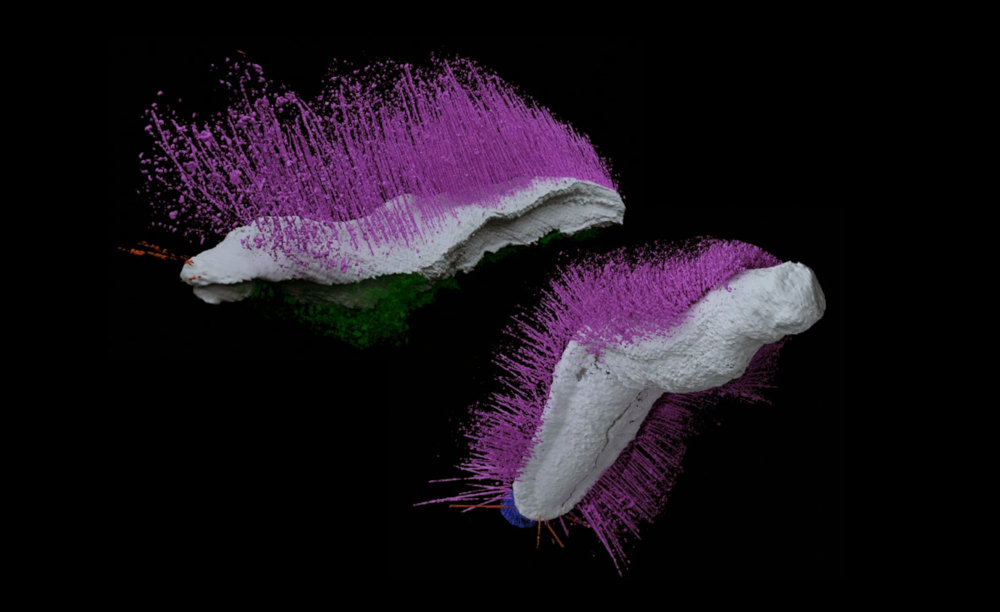News
Palaeontology: Emo and Punk are the stars among the molluscs
British palaeontologist Mark Sutton and his team are currently causing a stir with the discovery of two early mollusc fossils called Punk and Emo. The fossils were originally given these names as working titles, but they eventually became the official species names: Punk ferox and Emo vorticaudum.
Lived about 430 million years ago
These fossils offer a fascinating insight into the early evolution and ecology of molluscs. In most mollusc fossils, often only the hard, calcareous components such as shells are preserved, while the soft body decomposes. In the case of punk and emo, however, the body surface is exceptionally well preserved. They owe their names to the bristle-like appendages, which are reminiscent of typical punk hairstyles.

The physique of punk resembles a mohawk scalp, which also inspired the choice of name. In addition, punk and emo are considered non-conformists among the molluscs, as their characteristics differ significantly from other known molluscs.
The fossils were discovered in Herefordshire, England, and are characterised by their exceptional preservation. The researchers first analysed the internal and external structures using X-ray scans. The fossils were then removed in wafer-thin layers, with each layer being photographed. Detailed 3D models were created on the basis of this data.
Earlier assumptions were that the early spiny molluscs (Aculifera) were rather primitive animals. However, the reconstructions of Punk and Emo reveal complex features. Emo, for example, probably moved in a similar way to a caterpillar, using its spines to propel itself forwards. Punk also had long spines, gills and a broad foot.
The two species are thought to have lived at the bottom of the primordial oceans around 430 million years ago. They belong to the group of spiny molluscs, which are represented today, for example, by beetle snails, which Punk and Emo resemble visually.
The work of an international team of researchers, including experts from the Senckenberg Institute, has brought these extraordinary fossils to light and emphasised their importance for understanding early mollusc evolution.